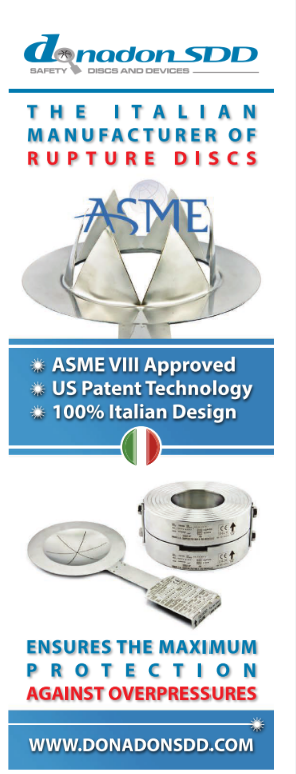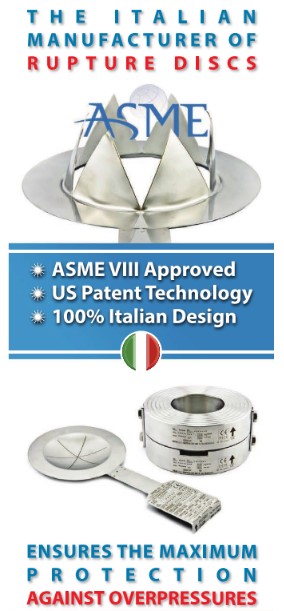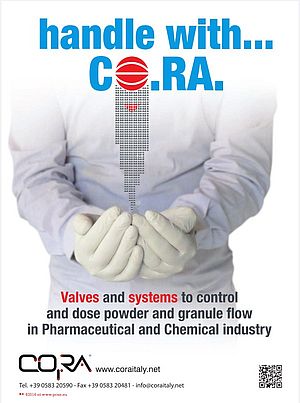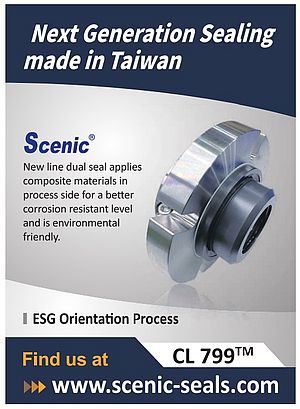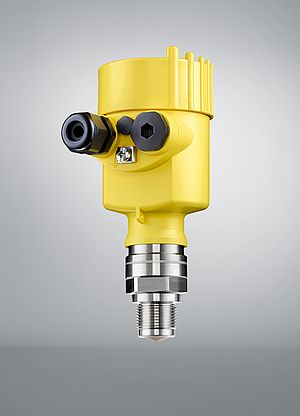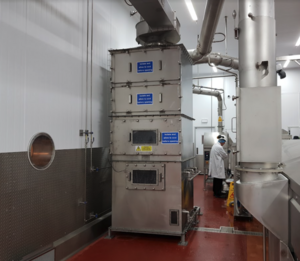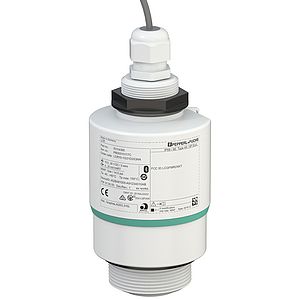The Circular Industry Helix responds to the European Union's strategic objective to maximise the sustainability of primary and secondary raw materials, especially those critical raw materials identified as vital for EU industrial value chains and sectors.
Michael Browne, Chief Operating Officer of Crowdhelix believes that by bringing together experts from across multiple disciplines and value chains, the Helix can help accelerate the development and adoption of technological solutions to transform industrial waste management processes in extractive and energy-intensive industries.
He explains: “We want to promote circularity within industrial zones, whereby different organisations can share technologies, infrastructure, energy networks and integrated waste management systems. The ultimate aim of the Circular Industry Helix is to bring policymakers, business leaders, researchers, and key members of civil society together to accelerate the development of processes and technologies that will reimagine industrial symbiosis and cross-sectoral cooperation”.
The IS2H4C project is indicative of the potential offered by cross-sectoral and multinational collaboration. One of two key projects within the Circular Industry Helix, IS2H4C brings together 35 partners from nine countries.
The project seeks to develop a work plan that will allow for the development of Hubs for Circularity in industrial zones. These hubs will be designed to act as nexuses for knowledge and resource sharing, cross-industrial collaboration, and sustainable technology innovation where businesses, governments, researchers, and civil society can collaborate to accelerate the Circular Economy transition.
Claire Chretien, EU Office Team Lead with project partner Energy Efficiency in Industrial Processes explains that IS2H4C’s primary ambition is to promote Hubs for Circularity as Europe’s future sustainable regional development model. “However, Real Industrial Symbiosis requires cross-sectoral cooperation to de-risk vulnerabilities and to spread the benefits of research and innovation. It is only by bringing together a wide variety of stakeholders that we can build safe and efficient circular processes and strategies that will reduce energy use, waste, and carbon emissions in industrial zones”, she states.
The Circular Industry Helix is now open for membership. Researchers, academics, industry experts, regulatory professionals and citizen interest groups working across all related disciplines are invited to join and contribute to this exciting innovation community.
For more information on the Circular Industry Helix and how to join, please visit the Crowdhelix website. https://crowdhelix.com/















